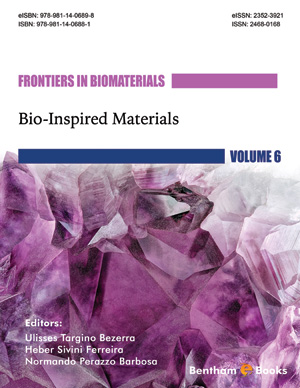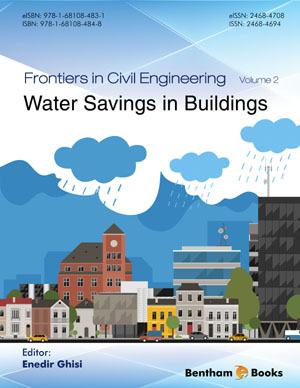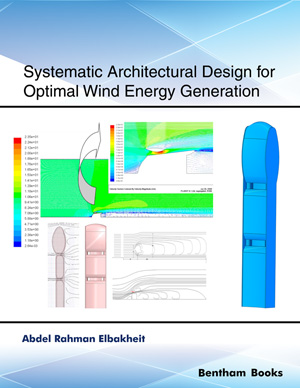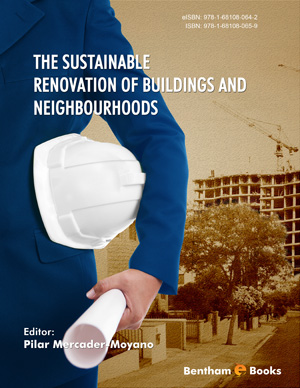Abstract
This chapter deals with the issues related to packing of particles in nature – aggregate in the first place - and in cementitious materials. Many of these topics are extensively discussed in the international literature, so will only be briefly introduced, while additionally giving a restricted number of references. Relatively new developments, such as producing the realcrete by computer, yielding compucrete, will receive more explicit attention. The way to do this properly by DEM (discrete element method) instead of by popular RSA (random sequential addition) is stressed. Modern dynamic DEM renders possible simulating aggregate of fluvial origin as well as of crushed rock. Similarity of simulating particle packing on mesolevel (aggregate) and on microlevel (binder) was the argument to sketch modern developments in the latter field, because they provide information on permeability and are thus of paramount important for sustainability. A phenomenon recently receiving attention in the literature is Brazil Nut Effect. It is a part of nature and it can significantly influence the compacted particle structure of aggregate or binder alike. Some relevant information as to cementitious materials will be provided.
Keywords: Aggregate, binder, concrete, discrete element method, particle packing.




















